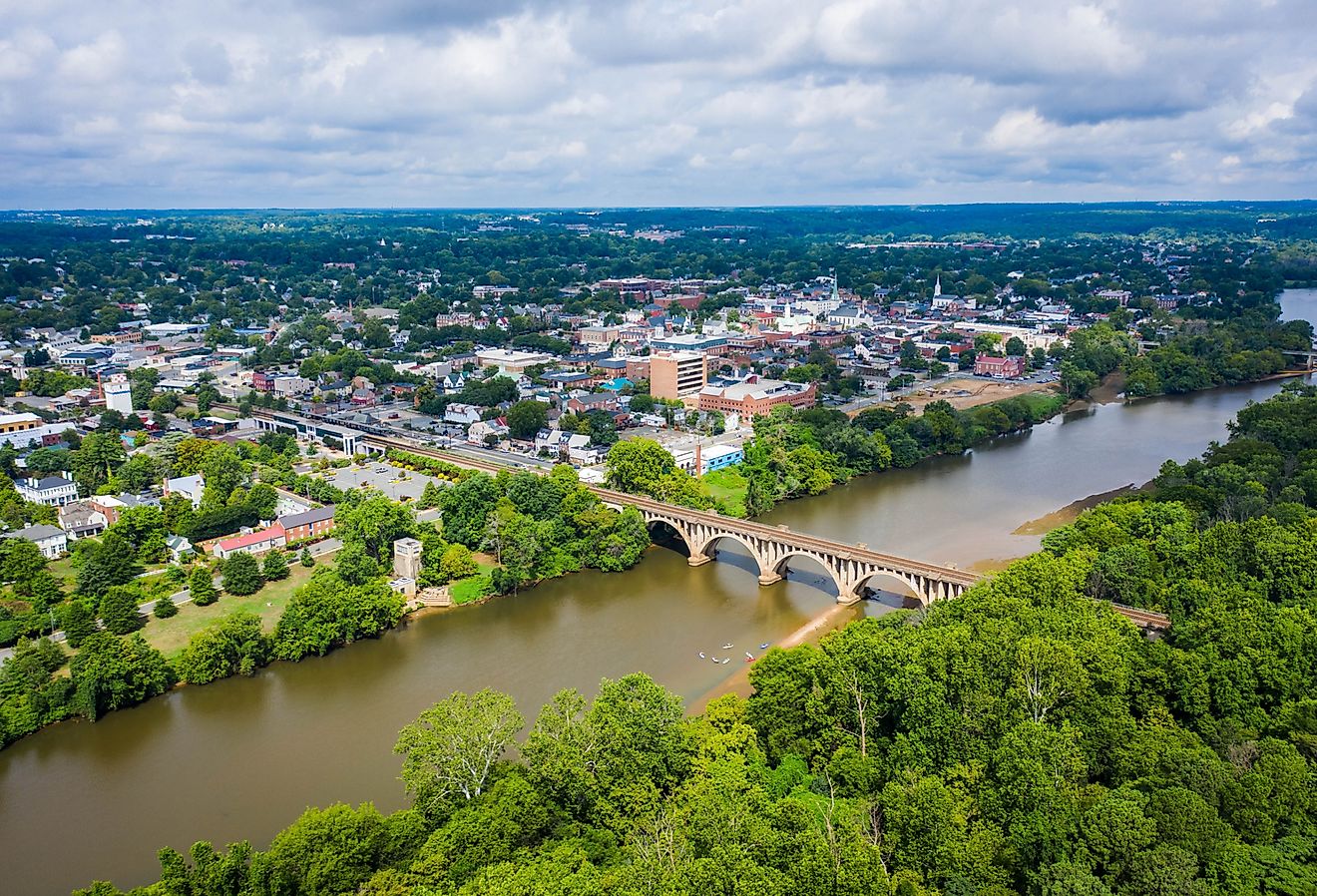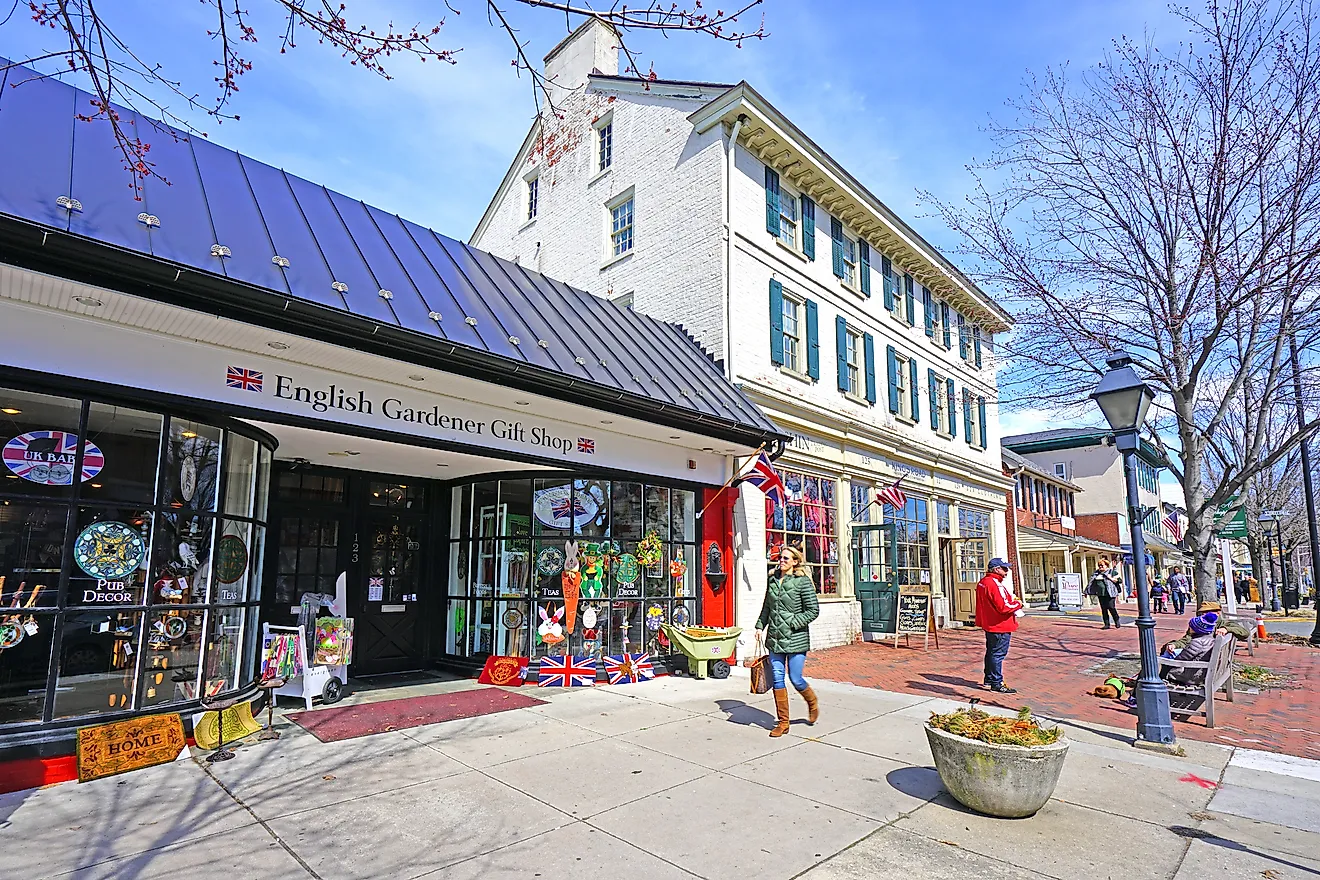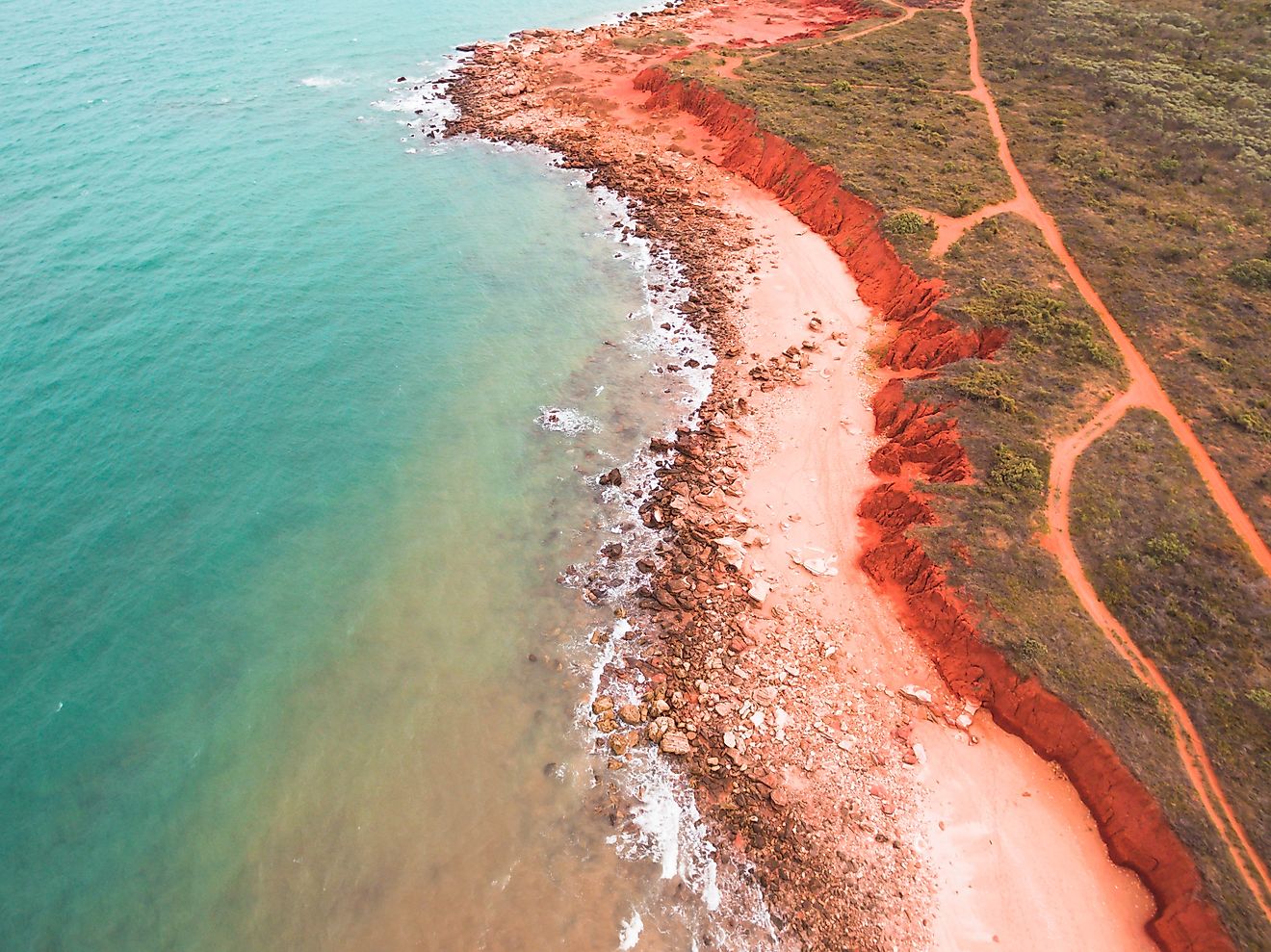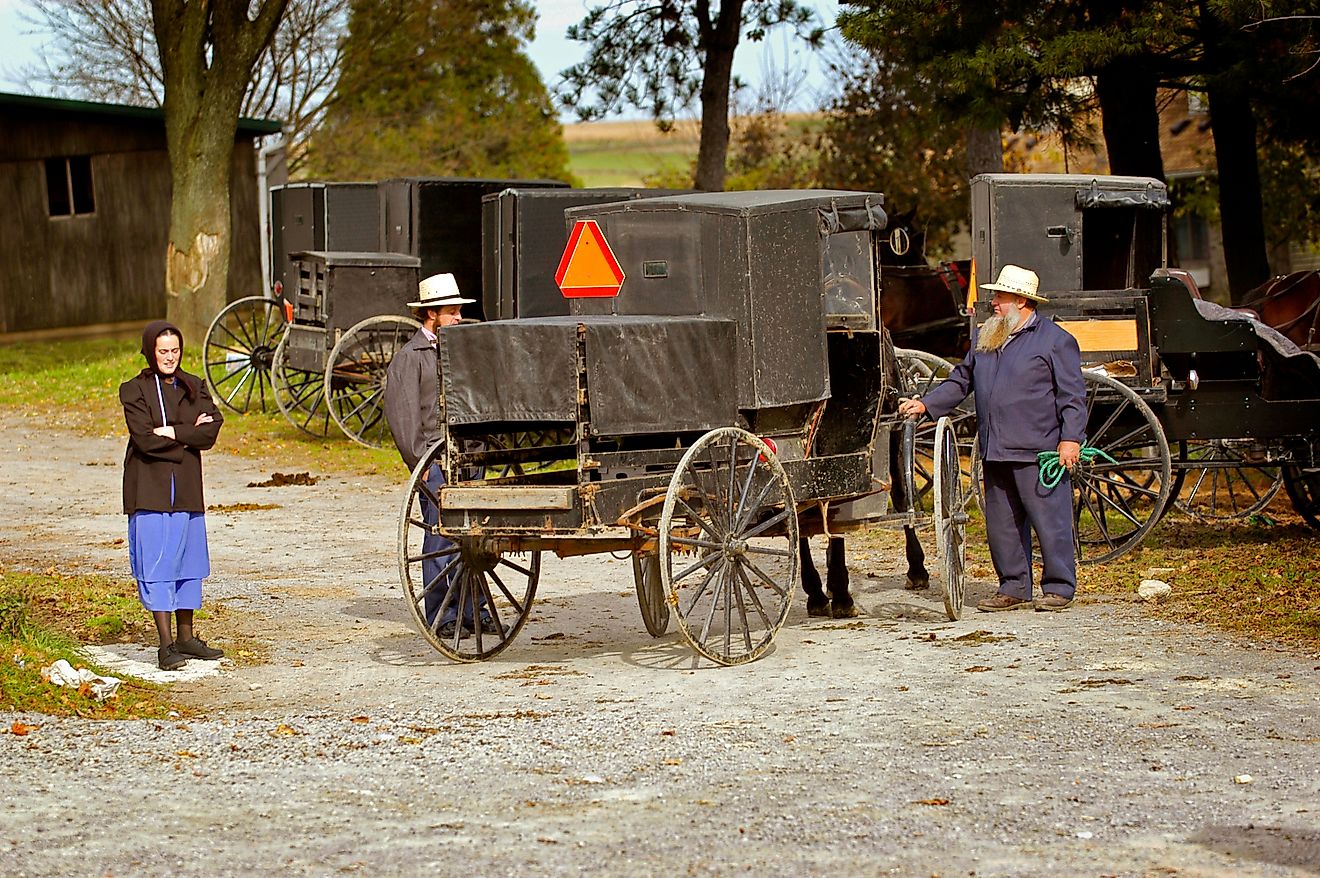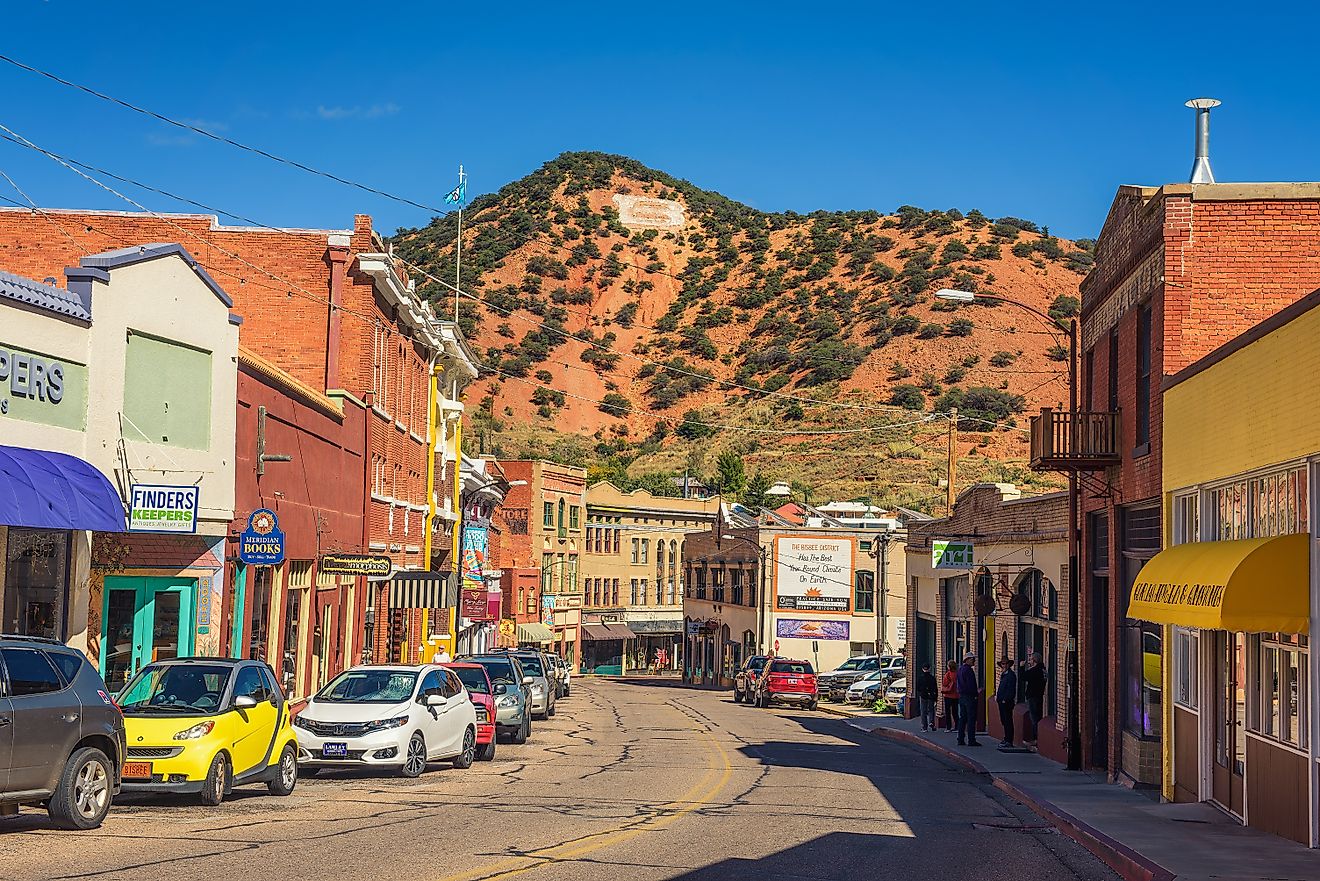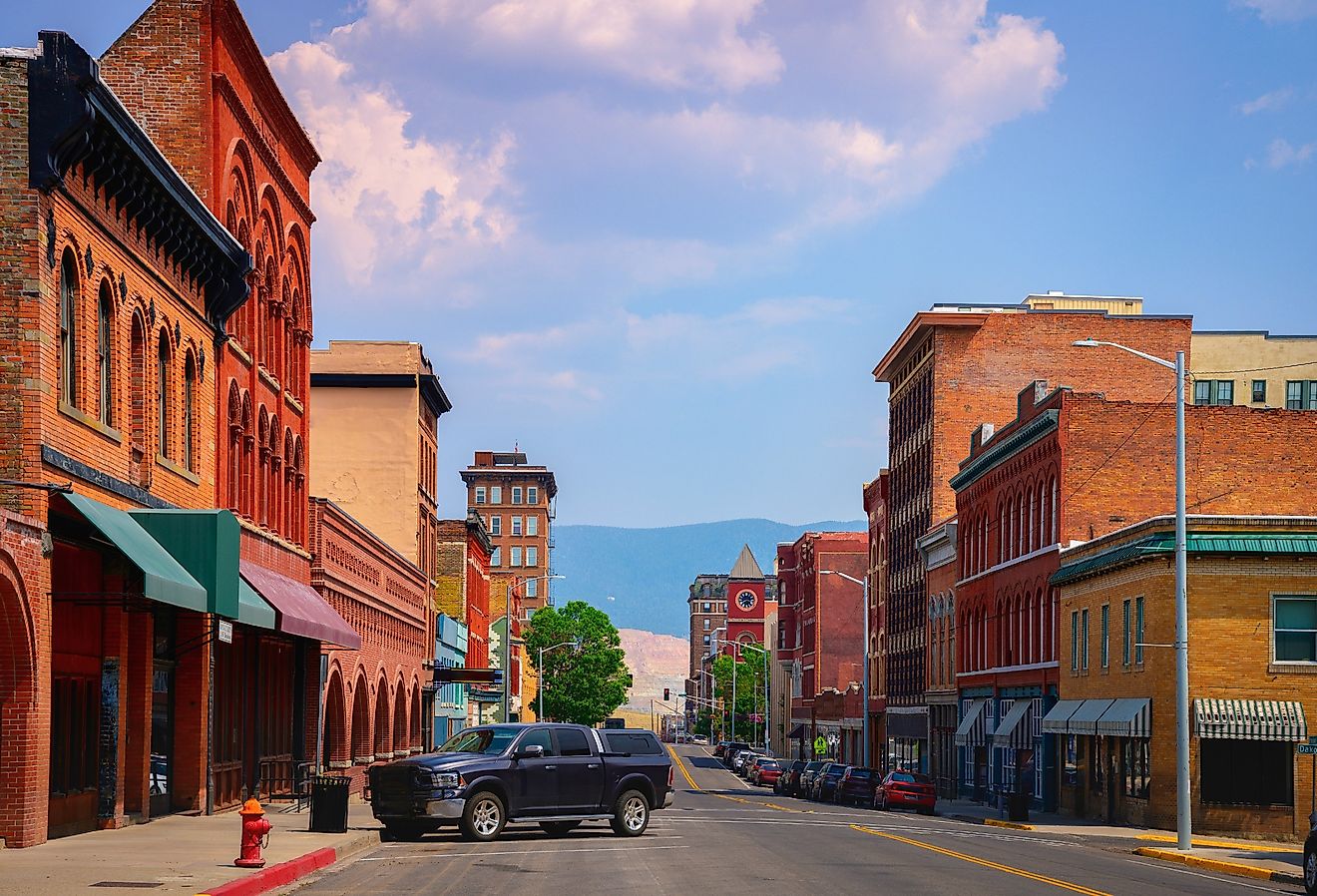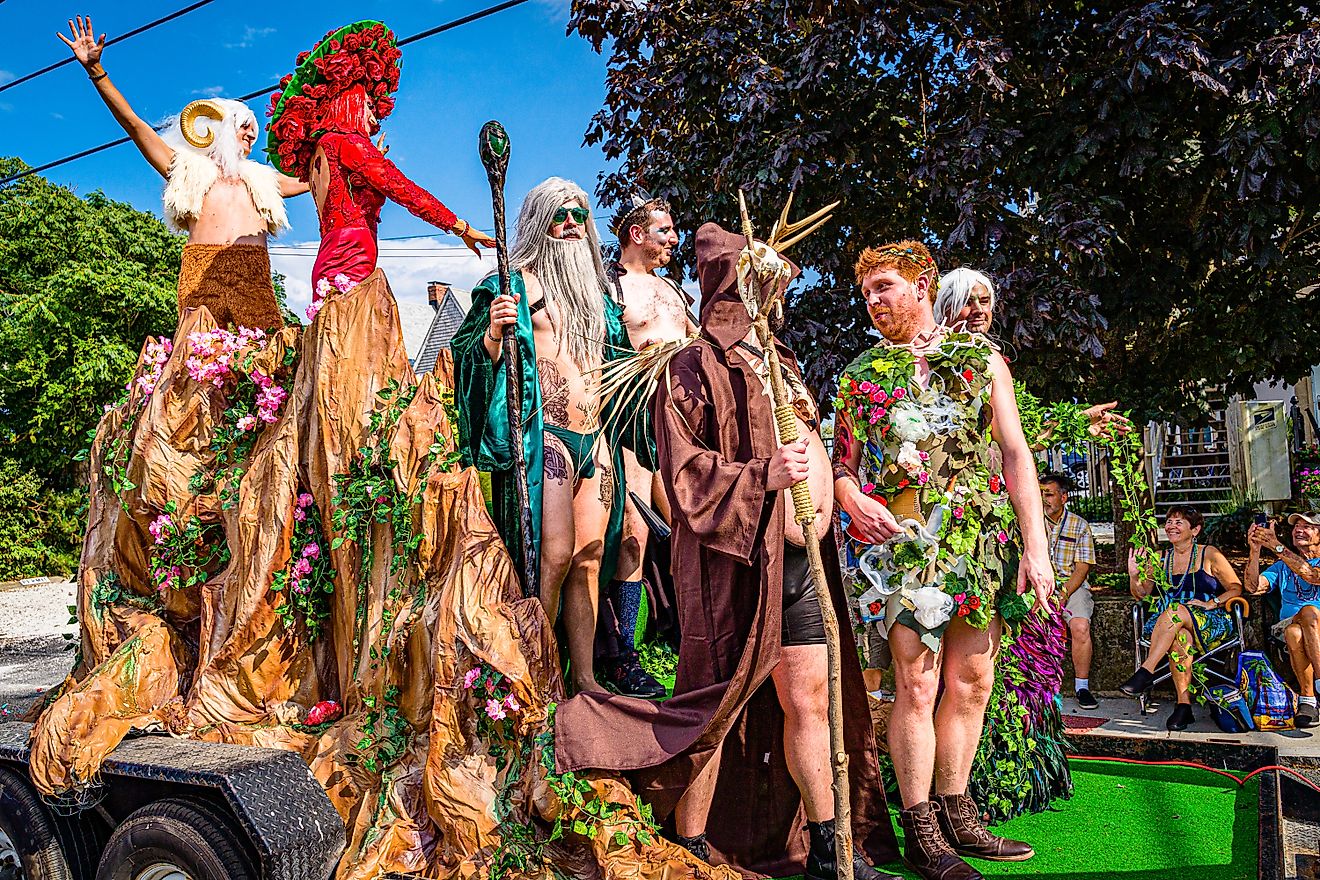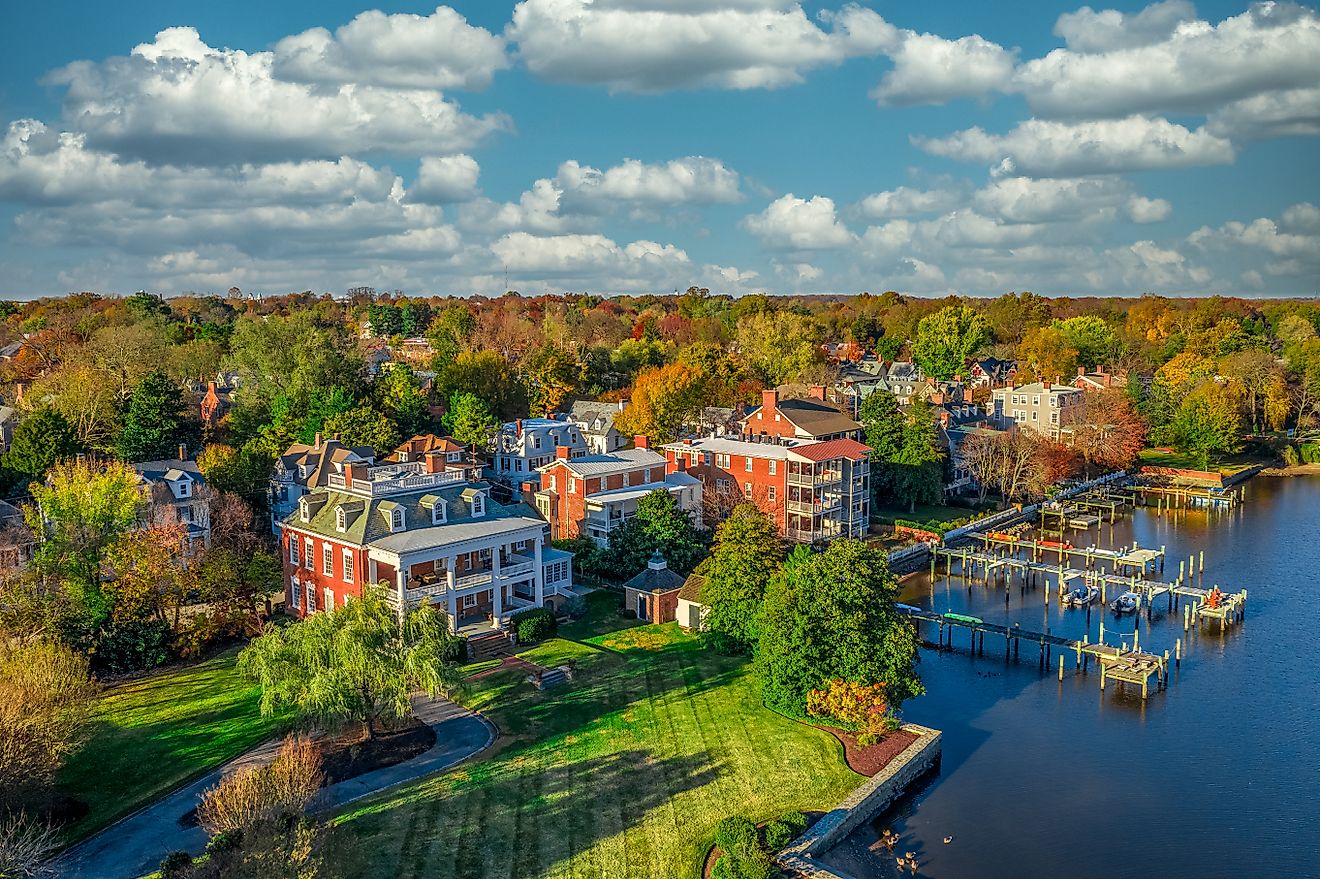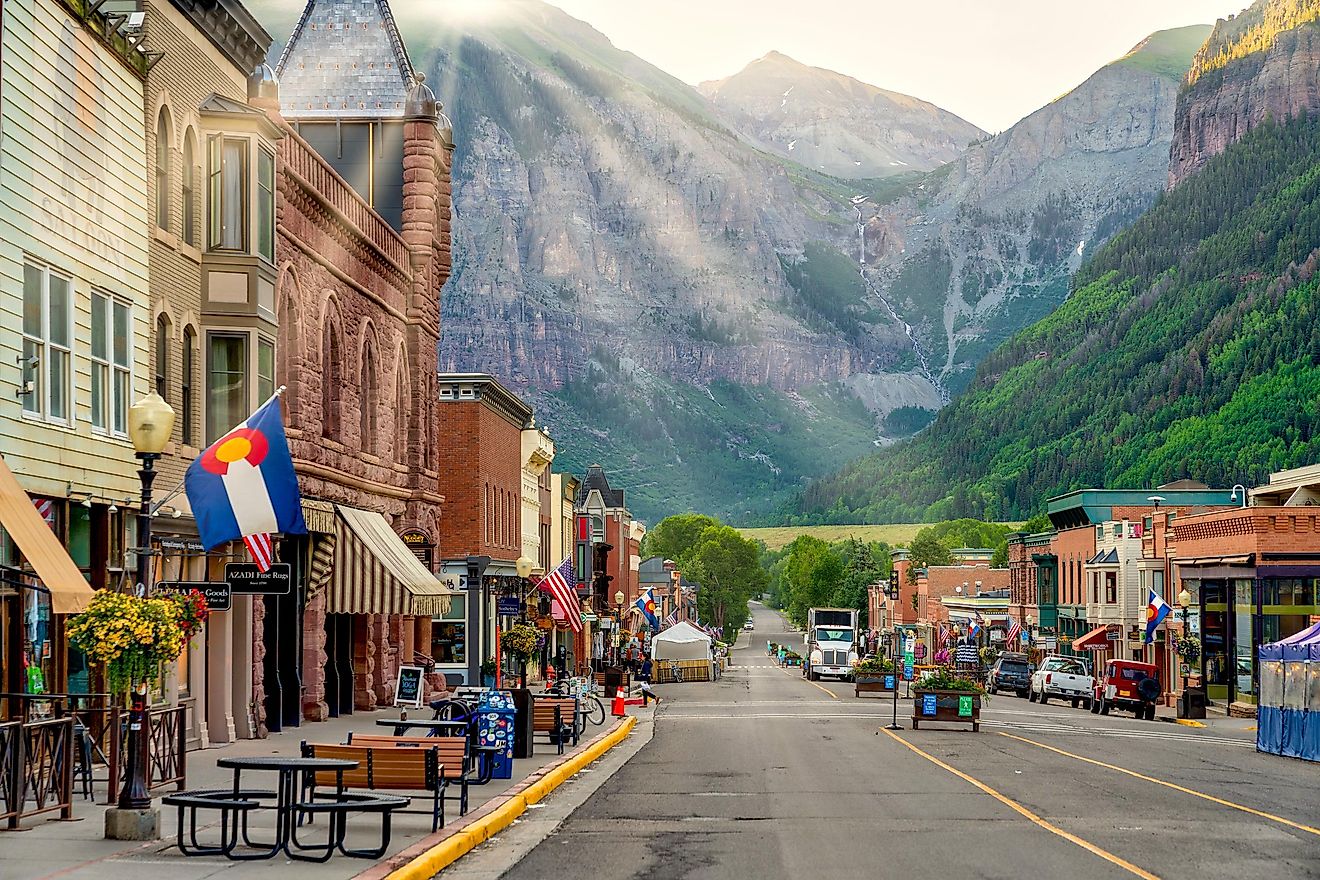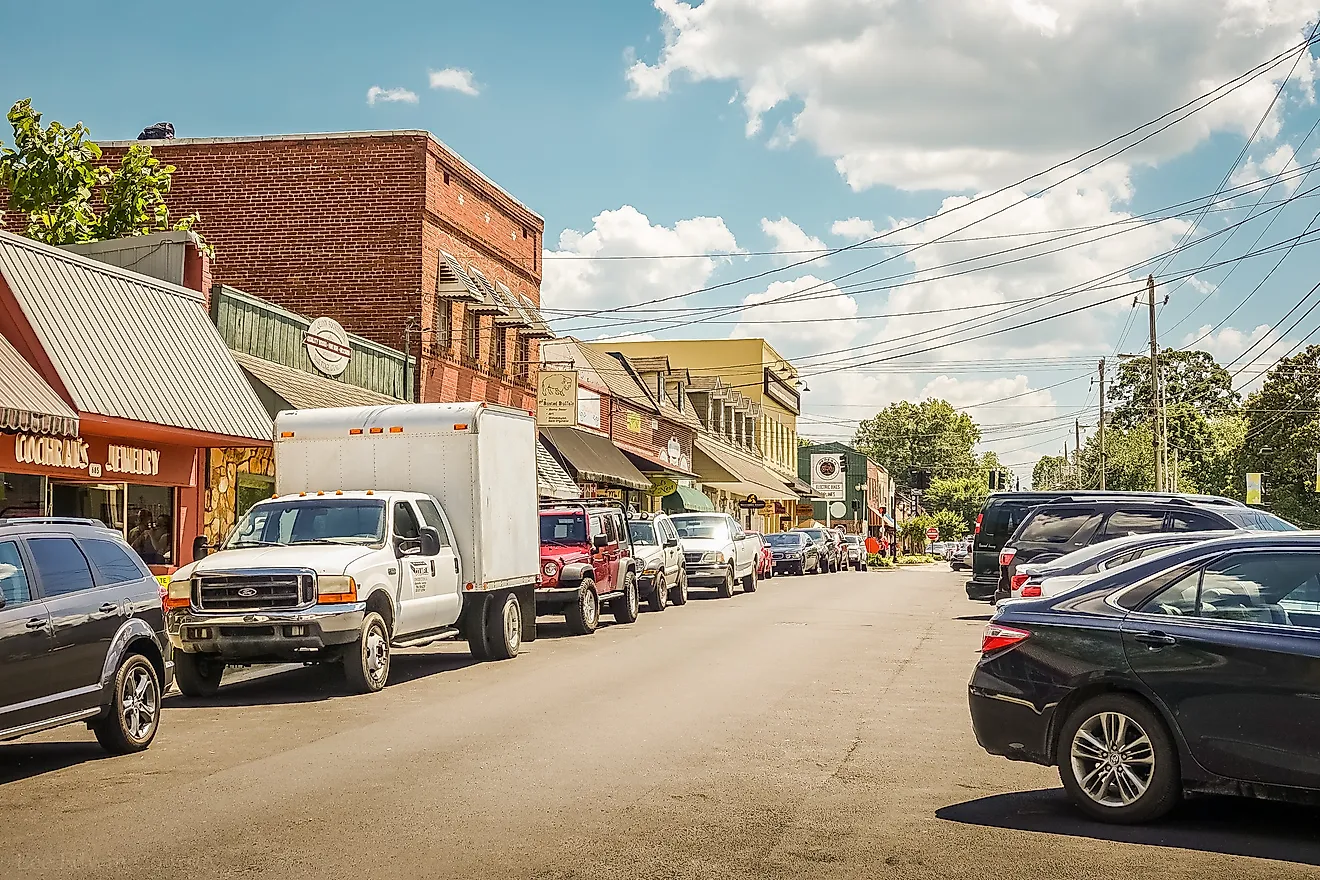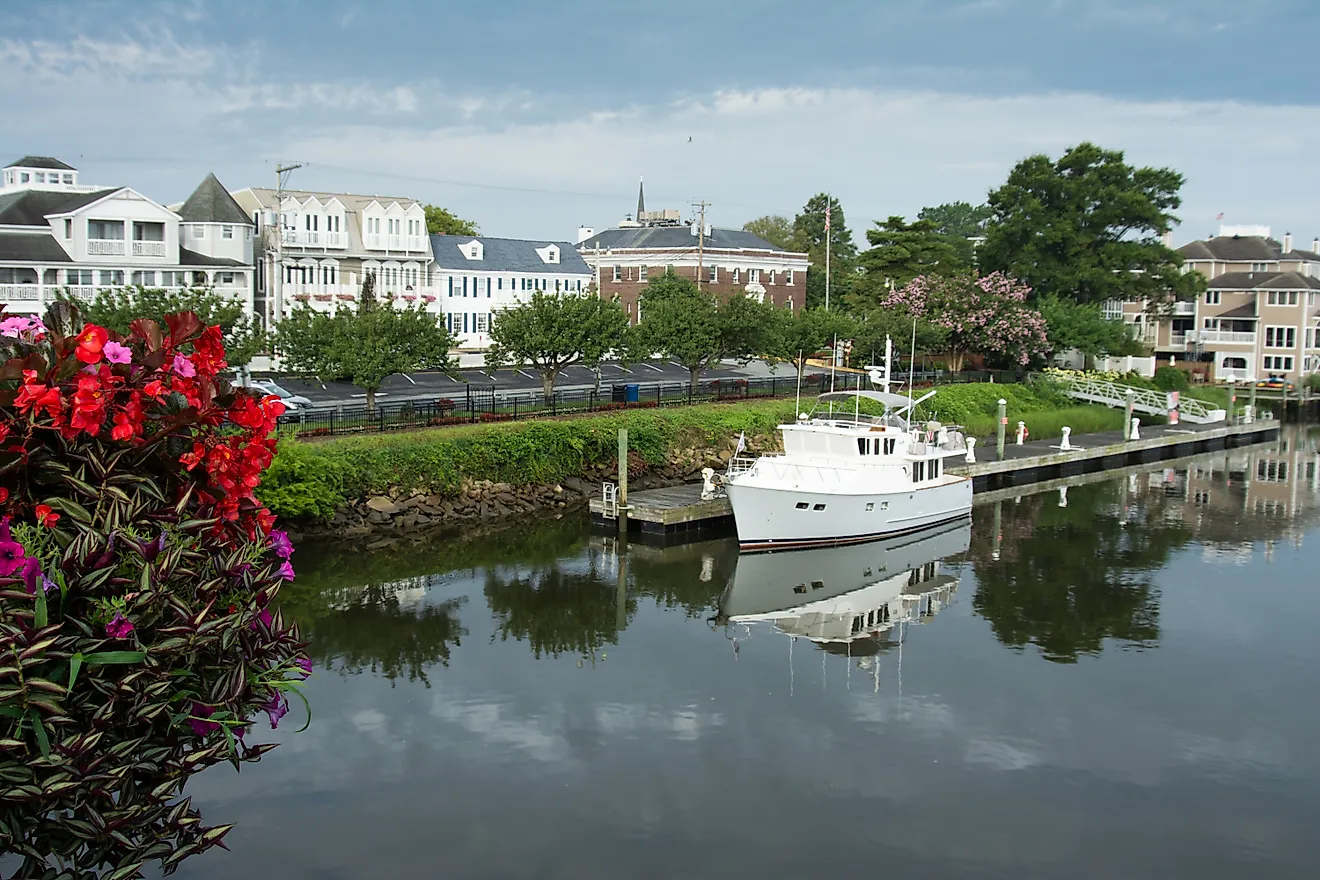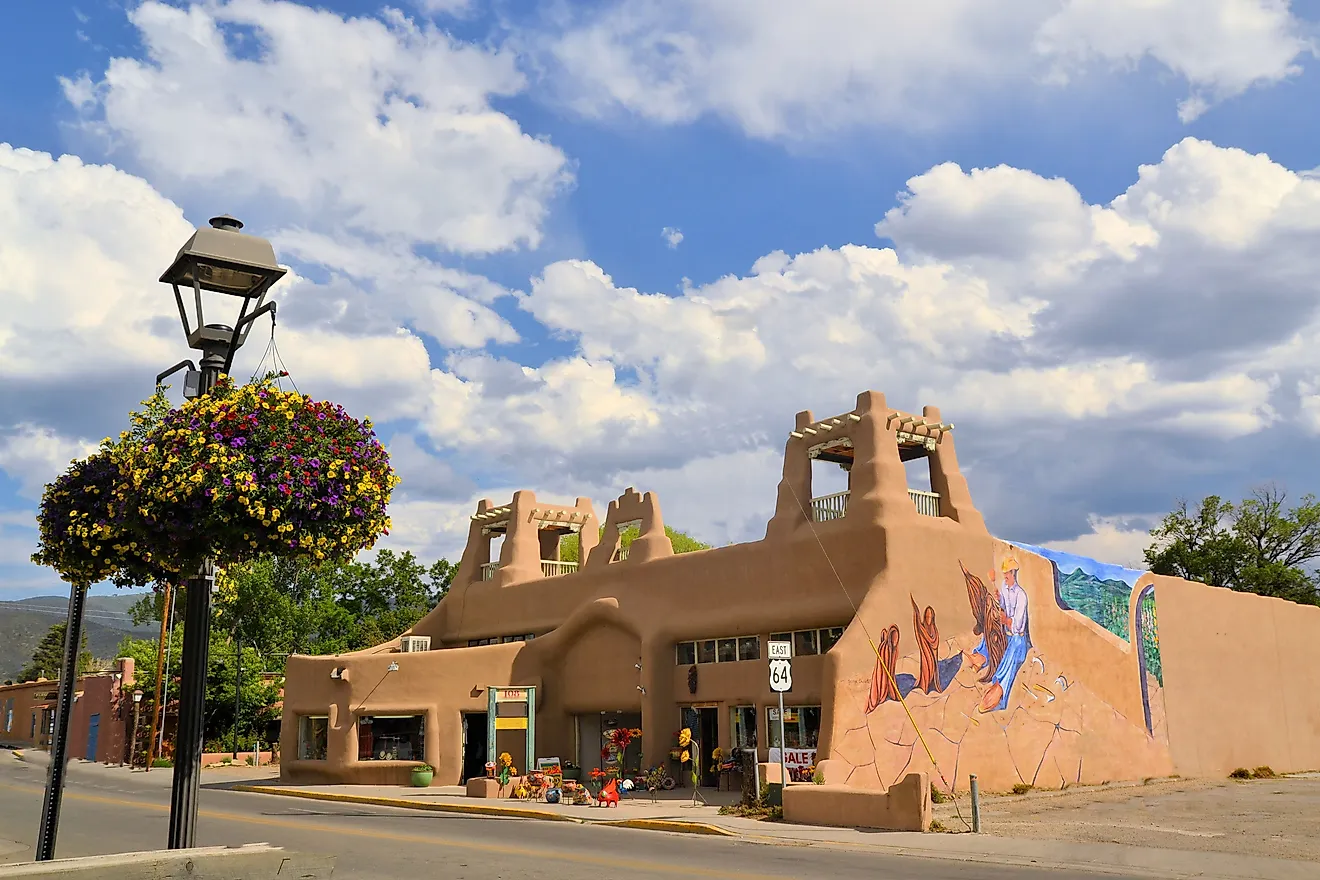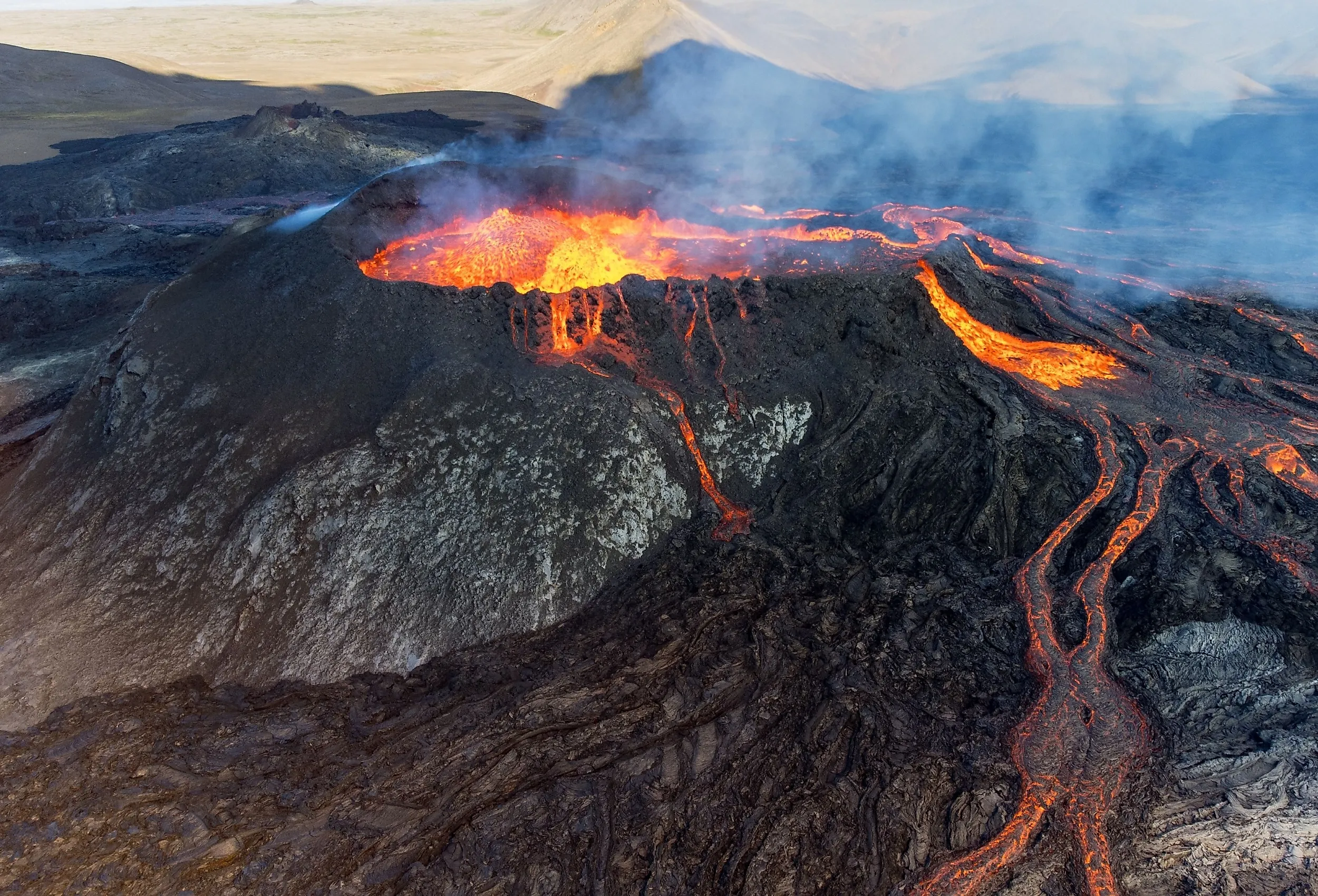
Hawai'i Volcanoes National Park Glows With Fresh Lava Rivers After Sundown
One of the most awe-inspiring parklands in the United States isn't in the Lower 48 or even Alaska, but halfway across the Pacific in Hawaii. Hawaiʻi Volcanoes National Park is where you can witness the powerful forces that continue to shape this chain of islands, along with a mix of other wonders, including lush forests. If you're planning a tropical escape and love nature, this park is a no-brainer, with its vast collection of landmarks, sights, and activities to enjoy year-round. Read on to learn more about Hawai'i Volcanoes National Park and how best to explore this epic natural wonderland.
The Human History of this Island Park
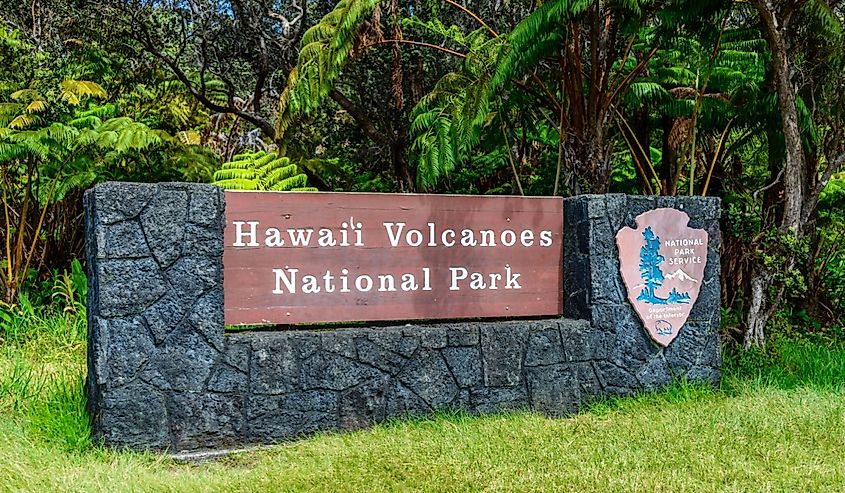
The lands that make up Hawaiʻi Volcanoes National Park hold deep cultural and spiritual significance for Native Hawaiians. Most notably, Kīlauea and Mauna Loa, the two active volcanoes within the park, are tied to the goddess Pele, whose presence is central to Hawaiian traditions and religious ceremonies.
For centuries, communities lived on these slopes, cultivating crops like taro and sweet potato while respecting the volcanic forces that shaped the land. Western explorers began documenting the volcanoes in the late 18th century, sparking a scientific interest that grew during the 19th century. And by the early 20th century, conservation efforts thankfully aimed to protect the area's unique geology and cultural heritage.
Hawaiʻi Volcanoes National Park was formally established in 1916, making it one of the earliest national parks in the United States. It remains a cultural homeland for Hawaiians and an important center for volcanic study, helping us better understand the powerful movements of the earth's inner workings.
A Landscape of Natural Wonders and Contrasts at Every Corner
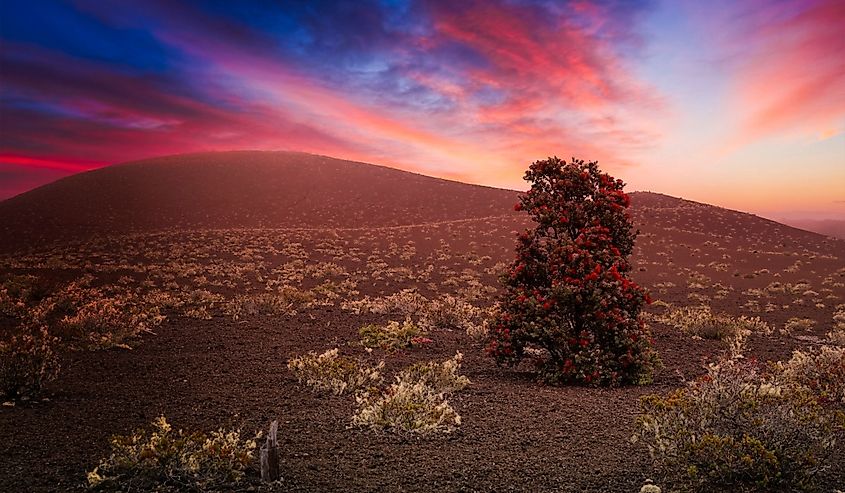
The park covers an immense 354,461 acres on the Big Island of Hawaii, stretching from sea level to the 13,679-foot summit of Mauna Loa, the largest active volcano on Earth. Its dramatic terrain displays millions of years of volcanic activity, with landscapes ranging from barren lava fields to lush rainforests that feed on the nutrient-rich soils.
As mentioned, two of the world’s most active volcanoes are at its core: Mauna Loa and Kīlauea. Mauna Loa dominates over half of the island, and its massive shield structure rises gradually from the ocean floor. On the other hand, Kīlauea, smaller but highly active, has produced several intense eruptions in recent decades that reshaped coastlines in front of our eyes. Unfortunately, these eruptions decimated some of the communities in the lava's path.
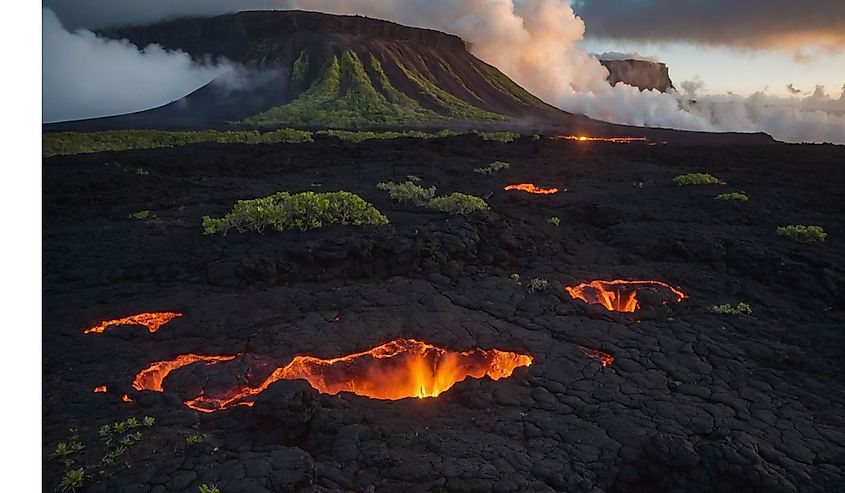
Craters, rift zones, lava tubes, and volcanic vents are standard features across the park, with jagged pāhoehoe and ʻaʻā lava flows recording the movement of molten rock upclsoe. The Kīlauea Caldera and Halemaʻumaʻu crater remain the focal points for ongoing activity. Moreover, coastal cliffs at the park's edge meet the mighty Pacific Ocean, where lava often pours into the water, rapidly forming new land.
This place is full of contrasts, as rocky, high-elevation deserts give way to tropical forests fed by heavy rainfall. This geographic diversity supports rare ecosystems, from native birds in the montane forests to hardy plants colonizing freshly solidified lava. In other words, Hawaiʻi Volcanoes National Park is a dream destination for many nature enthusiasts, from backcountry hikers to photographers, scientists, and more.
Must-See Landmarks in Hawaiʻi Volcanoes National Park
Here are a few of the most well-known and beloved locales within this national park that you can visit today. From hiking trails to scenic drives and lava-formed marvels, there should be something for every visitor.
Kīlauea Caldera and Halemaʻumaʻu Crater
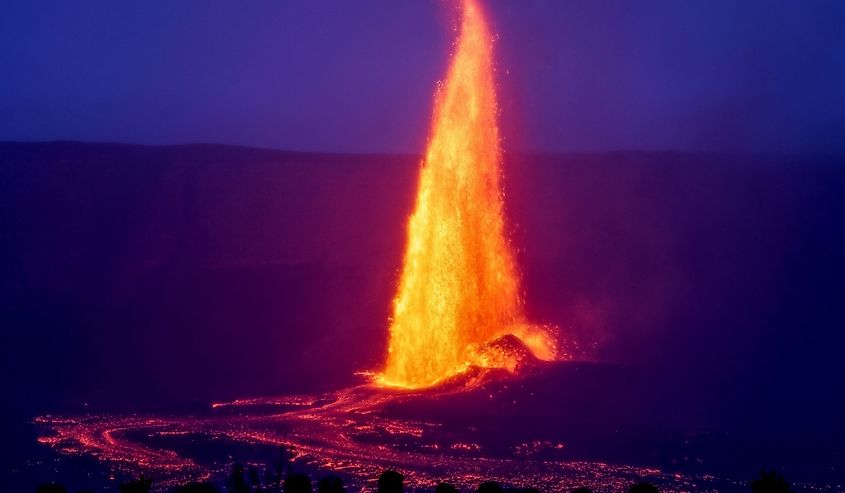
As mentioned a few times before, it is worth going into more detail about this destination. At the heart of Hawaiʻi Volcanoes National Park lies Kīlauea Caldera, one of the world's most striking volcanic landscapes. Within it sits Halemaʻumaʻu Crater, a site long regarded in Hawaiian tradition as the dwelling place of the fire goddess Pele. The crater has been a stage for powerful eruptions, with recent decades bringing visible lava flows, volcanic plumes, and dramatic changes to its form.
Today, you can view the vast depression from overlooks along Crater Rim Drive, where steam vents and sulfur deposits mark the restless activity below. Halemaʻumaʻu embodies the park's geological forces and cultural depth, making it a spot that should top any itinerary.
Nāhuku (Thurston Lava Tube)
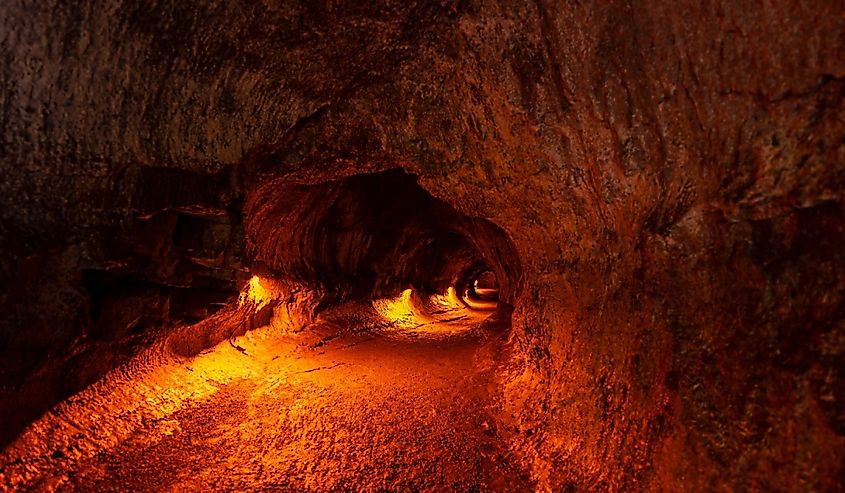
Among the park’s most accessible geological features is the Thurston Lava Tube, known in Hawaiian as Nāhuku. This natural tunnel was formed hundreds of years ago when a river of molten lava cooled and hardened on the surface while hot liquid rock continued to flow beneath it. Once the lava drained away, the hollow passage you can see now remained.
Now, visitors can walk through the illuminated tube, experiencing firsthand the pathways carved by volcanic activity. Surrounded by dense rainforest, the site is a top-tier location for a scenic stroll, either above or below ground, offering a rare opportunity to explore the hidden interior of a volcano and a few other delights of the park's outdoor offerings.
Chain of Craters Road
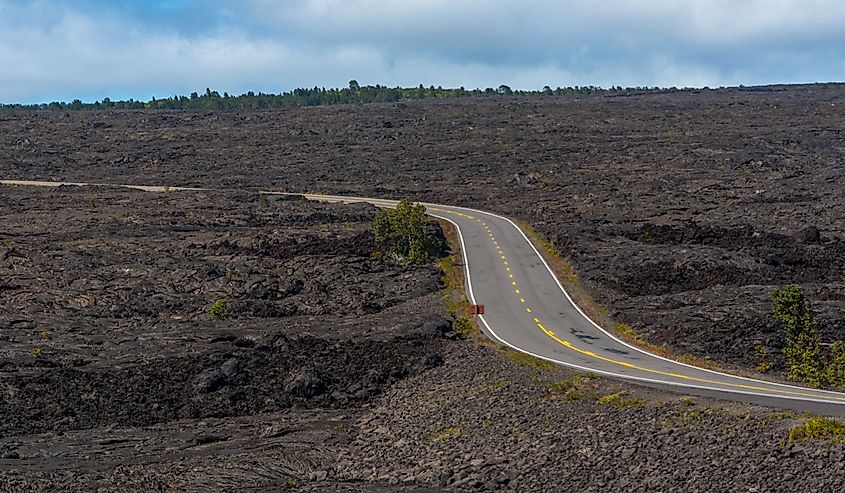
Stretching more than 18 miles from near the summit of Kīlauea to the Hōlei Sea Arch at the ocean, Chain of Craters Road showcases the park’s constantly changing terrain on a large, easy-to-navigate scale. Along the drive, you'll encounter pit craters, sprawling lava fields, and remnants of past eruptions that crossed and buried the roadway at specific times.
The route ends spectacularly at the sea, where hardened lava cliffs rise against the crashing, blue waves. It is highly recommended that you stop by several overlooks and trailheads on the way, many of which provide access to unique features of the park, including ancient petroglyph fields etched into lava rock. Overall, it remains one of the best drives in Hawaii, perfect if you are renting or have brought your own car to the park.
Mauna Loa Summit
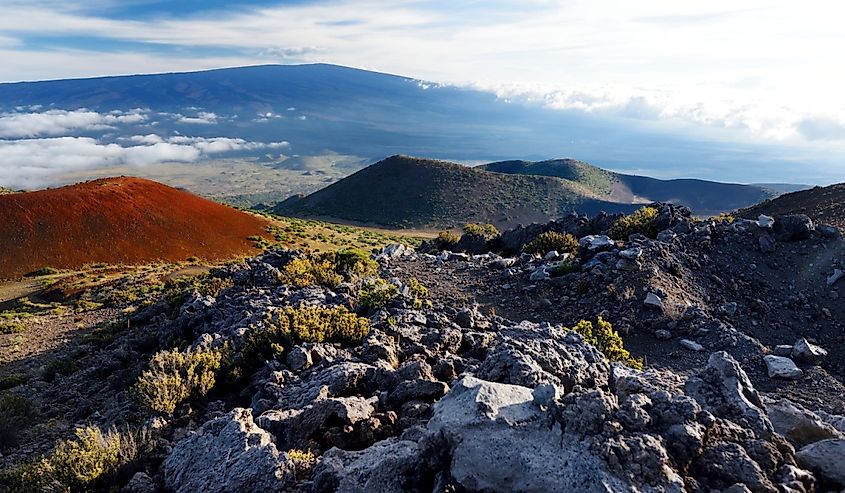
At well over 13,600 feet above sea level, Mauna Loa is perhaps the most defining feature of Hawaiʻi Volcanoes National Park. Its vast shield-like profile covers over half of the Big Island, and a challenging multi-day hike can reach its summit.
The trail leads through stark lava fields and high-altitude deserts, eventually reaching the massive summit crater, Mokuʻāweoweo. On clear days, the summit provides unforgettable views across the island and out to the Pacific Ocean beyond. There is even a sleeping cabin at the summit that can be booked, allowing you to stay overnight and gaze at the stars above in Hawaii's often light-pollution-free skies.
Staying at the Park
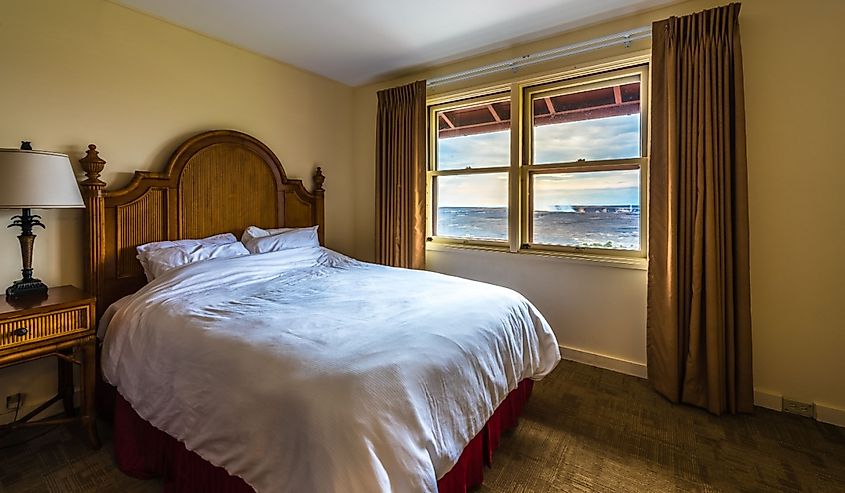
Hawaiʻi Volcanoes National Park provides limited lodging centered around the historic Volcano House. Overlooking Kīlauea Caldera, this iconic park lodge houses guest rooms, cabins, and dining with excellent crater views.
The park maintains two drive-in campgrounds, Nāmakanipaio and Kulanaokuaiki, for campers, as well as several designated backcountry sites for those with permits. Regardless, staying overnight allows more time to explore trails, scenic viewpoints, and other features and offers the chance to experience the park’s volcanic landscapes in potentially quieter hours, too.
Note that the weather can vary widely here, with cool, wet conditions common at higher elevations, so be sure to bring layers and rain gear when you can. Also, food services are limited inside the park, making the community of Volcano Village, just outside the entrance, a practical base with additional options for lodging and dining. Cell service is pretty spotty as well, and some areas close altogether during volcanic activity for safety reasons, so be sure to stay informed at the visitor center.
As with many tropical destinations, it is generally more comfortable to come to the park during spring or fall, when temperatures are milder and crowds are often thinner.
Make This Park Part of Your Next Hawaiian Adventure
Whether you want to find heart-pumping adventure or simply want to soak in some of the most iconic sites in all of the Hawaiian islands, Hawaiʻi Volcanoes National Park should certainly be on your travel itinerary, especially if you plan on going to the Big Island. Here, you will be able to see up close and personal how the land itself is formed, and the wonderful environments that sprout from the mineral-rich soils lava provides. Furthermore, the park offers a detailed look into the longstanding human culture associated with this destination. All in all, you won't regret visiting this spot, regardless of what you're here for.
